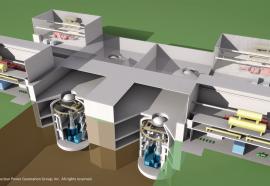Green Job Realities
Quantifying the economic benefits of generation alternatives.
Are renewables truly marking the start of a new economy, creating both economic growth and reliable jobs? Answering that question takes a complex analysis, but the numbers suggest green benefits might be smaller than expected.










